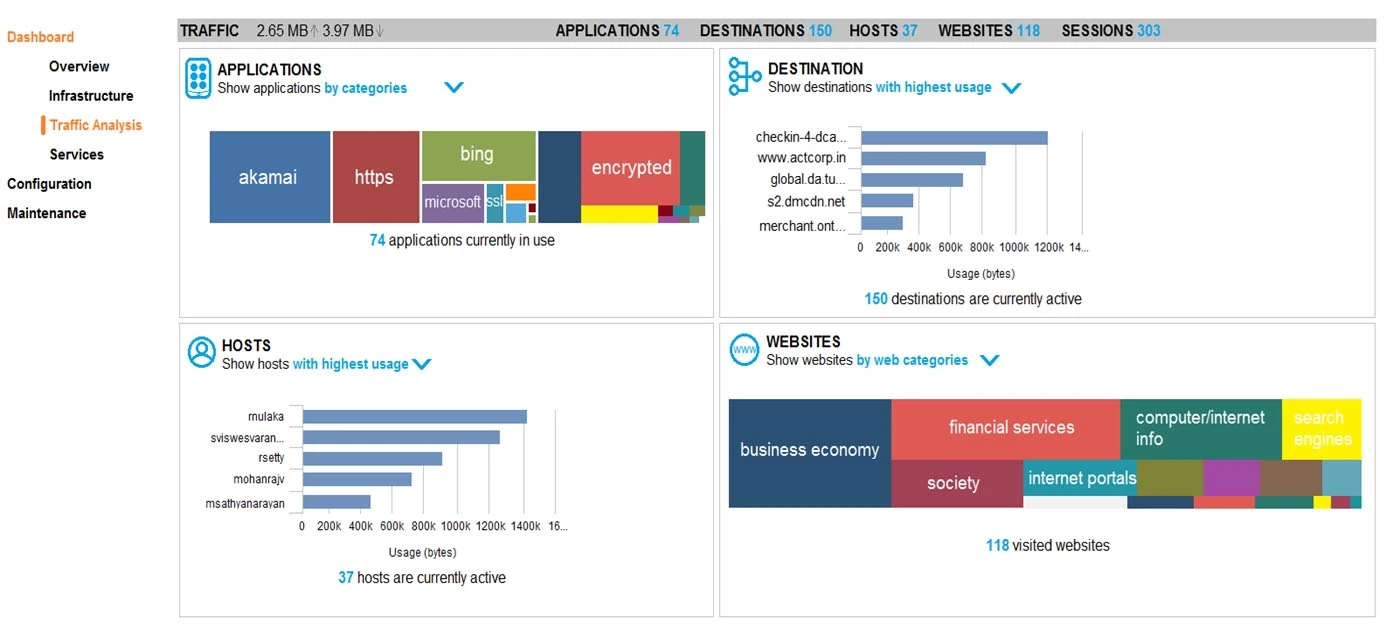AirWave combines information from more sources, such as RADIUS authenticating servers and APs. This allows it to provide a more comprehensive view of the network environment, including user authentication and network device performance. On the other hand, the Mobility (MM) interface is more focused on monitoring and managing wireless network infrastructures, providing detailed insights specific to wireless metrics and configurations.
A device that causes the most significant and consistent interference with an AP operating on channel 6 would be another device operating on a nearby channel within the same frequency band. Among the given options, a wireless security camera operating on channel 8 is the most likely to cause consistent interference due to its close proximity in the frequency spectrum. Cellular phones typically operate on different frequency bands, an AP on channel 11 is far enough away to avoid significant interference, and weather radar does not provide consistent interference. Therefore, the correct answer is the wireless security camera operating on channel 8.
A reason for a company to choose to deploy an Aruba 7024 Mobility Controller (MC) rather than an Aruba 7010 MC is to support more POE devices directly connected to the MC. The 7024 model has more PoE ports, allowing it to support a higher number of PoE devices.

The exhibit shows output from a Mobility Master (MM) dashboard. What is a valid reason for the administrator to click the akamai square under applications?
Clicking the akamai square under applications would provide a breakdown for only the roles, destinations, WLANs, and devices that use this application. This helps in understanding the specific usage and traffic patterns related to the akamai application, making it the correct choice.
Network administrators can control in which subnets users receive IP addresses by setting the VLANs associated with the desired subnets in the WLAN settings. By doing this, when users connect to the WLAN, they are assigned to the appropriate VLAN, which in turn provides them with an IP address from the corresponding subnet.